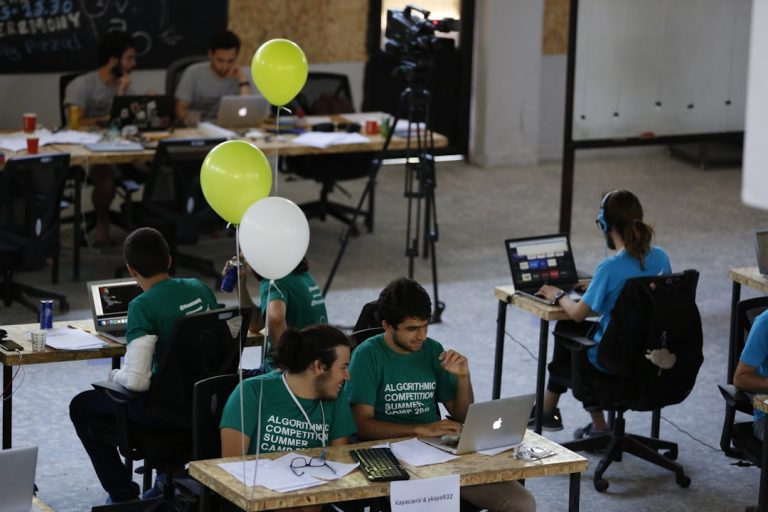Discover the latest updates to hydrogen tax credits and how these changes influence funding opportunities for electrolyzer projects in the renewable energy sector.
Understanding the New Hydrogen Tax Credit Guidelines
In January 2024, the US Treasury unveiled new hydrogen tax credit rules aimed at promoting the production of clean hydrogen. These regulations are a pivotal element in the broader strategy to reduce greenhouse gas emissions and foster sustainable energy solutions. The hydrogen tax credit offers up to $3 per kilogram of clean hydrogen produced, provided that the lifecycle greenhouse gas emissions remain below specific thresholds.
Key Provisions of the New Rules
- Lifecycle Emissions: To qualify for the maximum tax credit, hydrogen production must result in less than 0.45 kilograms of CO₂ equivalent emissions per kilogram of hydrogen.
- Hourly Matching Requirement: Starting in 2028, hydrogen output must be matched on an hourly basis with electricity generation from intermittent renewable sources like wind and solar.
- Incrementality and Deliverability: The electricity used must come from facilities that started operations within 36 months before the hydrogen plant and must be in the same region.
- Paperwork and Compliance: Significant annual reporting is required to demonstrate compliance with emissions and matching criteria.
Impact on Electrolyzer Funding Incentives
The new tax credit rules significantly affect electrolyzer funding incentives, which are crucial for producing clean hydrogen through water electrolysis. Electrolyzers rely heavily on consistent and clean electricity sources to operate efficiently. The requirement for hourly matching ensures that the hydrogen production aligns closely with renewable energy generation, enhancing the overall sustainability of the process.
Challenges for Electrolyzer Projects
- Financing Difficulties: The stringent hourly matching requirement may deter banks from financing projects unless there is confidence in meeting the criteria consistently from 2028 onward.
- Infrastructure Needs: Developing robust tracking systems for hourly matching is still underway, which could delay the deployment of new electrolyzer projects.
- Economic Viability: Electrolyzers operate most economically around the clock, but intermittent renewable energy sources may not always provide the necessary stability without adequate storage solutions.
Opportunities for Innovation
Despite these challenges, the new guidelines open avenues for technological advancements and strategic investments:
– Integration with Adjacent Renewable Sources: Electrolyzer plants located near renewable power supplies are better positioned to meet the matching requirements with minimal disruption.
– Development of Advanced Tracking Systems: Investing in sophisticated tracking technologies can streamline compliance and enhance the attractiveness of electrolyzer projects to investors.
– Enhanced Financial Models: Creative financing structures, such as those facilitated by platforms like Oriel IPO, can help bridge the gap between current funding needs and future compliance requirements.
Compliance and Strategic Considerations
Hydrogen producers must navigate a complex regulatory landscape to maximize their tax credit benefits. Key strategic considerations include:
Lifecycle Emissions Management
Producers need to meticulously monitor and manage emissions throughout the hydrogen production process. Utilizing the GREET model from Argonne National Laboratory can aid in accurately calculating lifecycle emissions and ensuring compliance with the <0.45 kg CO₂ equivalent threshold.
Regional Coordination
Ensuring that electricity sources are within the same region as the hydrogen plant is essential for compliance. This involves strategic site selection and possibly forming partnerships with local renewable energy providers to secure reliable power sources.
Documentation and Reporting
The annual verification reports required by the IRS demand rigorous documentation and transparent reporting practices. Engaging accredited consultants early in the process can help streamline this aspect of compliance.
Financing Solutions: The Role of Oriel IPO
Navigating the complexities of electrolyzer funding incentives under the new tax credit rules requires innovative financing solutions. Oriel IPO emerges as a pivotal platform in this landscape, offering:
- Commission-Free Investment Marketplace: By eliminating commission fees, Oriel IPO reduces the financial burden on startups and investors, making it easier to channel funds into compliant electrolyzer projects.
- Tax-Efficient Investment Opportunities: Focused on SEIS/EIS tax incentives, Oriel IPO aligns perfectly with the new hydrogen tax credit requirements, providing a seamless integration of funding and compliance.
- Educational Resources: Comprehensive guides and tools empower both startups and investors to make informed decisions, ensuring that projects meet regulatory standards and maximize their tax benefits.
Benefits of Using Oriel IPO
- Curated Investment Opportunities: Oriel IPO’s selection process ensures that only high-potential, compliant projects are showcased, attracting serious investors.
- Supportive Community: The platform fosters a collaborative environment where entrepreneurs can connect with experienced angel investors, enhancing the chances of project success.
- Scalable Funding Options: With subscription-based access tiers, Oriel IPO accommodates various investment sizes, making it accessible to a broader range of investors.
Preparing for the Future of Hydrogen Production
The evolution of hydrogen tax credit regulations underscores the need for strategic planning and innovative funding solutions in the renewable energy sector. By understanding the new requirements and leveraging platforms like Oriel IPO, hydrogen producers can navigate the challenges and capitalize on the opportunities presented by the latest tax incentives.
Staying Ahead of Regulatory Changes
Continuous monitoring of regulatory developments is essential. Engaging with industry experts and utilizing advanced compliance tools can help producers stay compliant and optimize their tax credit claims.
Investing in Sustainable Practices
Aligning hydrogen production with sustainable practices not only ensures compliance but also enhances the long-term viability and profitability of projects. Incorporating carbon capture technologies and optimizing energy use are critical steps toward achieving these goals.
Conclusion
The new hydrogen tax credit rules released in January 2024 present both challenges and opportunities for the renewable energy sector, particularly for projects utilizing electrolyzers. By understanding the requirements and leveraging innovative financing platforms like Oriel IPO, hydrogen producers can effectively navigate the evolving regulatory landscape and secure the necessary funding incentives to drive sustainable growth.
Ready to take advantage of the latest electrolyzer funding incentives and hydrogen tax credits? Visit Oriel IPO today and connect with investors who are passionate about renewable energy and sustainable investments.



